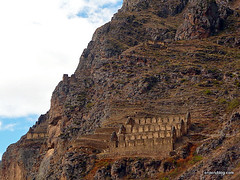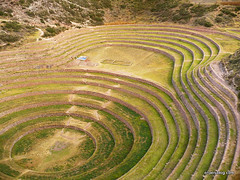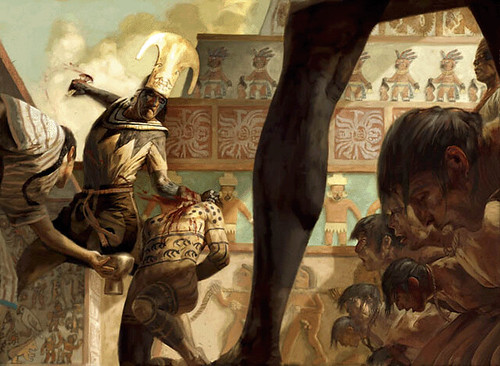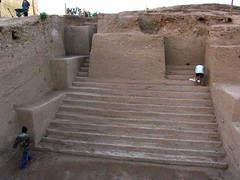Eating in Lima – What not to miss – Afro-Peruvian
Part three- Afro-Peruvian
Peruvian food was all but unknown to the world a decade ago, but this has begun to change in recent years. In 2004 an article appeared in The Economist. “Peru can lay claim to one of the world’s dozen or so great cuisines“. As the news spread of the discovery of one of the world’s best kept secrets, the excitement began to build. In 2006 at the Madrid Fusion Fourth International Summit of Gastronomy, one of the field’s most important conferences, top chefs, critics and journalists were blown away. The rumours were true, and the city of Lima, where many of the nation’s 400+ national and regional dishes can be found in cheap local haunts and fancy restaurants alike, was declared the Gastronomic Capital of the Americas.
——————–
Afro Peruvian
The line that divides the worlds of Creole and Afro-Peruvian food, music and culture generally is ever more blurred as the melting pot effect takes hold. Black Peruvians contribute heavily to today’s coastal culture which for convenience is often just called “criollo“. What gastro-tourists in Lima are most concerned with though is what Afro-Peruvians brought to the dinner table, and did they deliver.

Anticuchos from the Tia Grima
Peruvians have eaten skewered meat long before African slaves were brought to these shores, but is them we credit with everyone’s favourite late evening snack, the Anticucho de Corazón de Res. While those in the northern hemisphere, in their boundless wisdom and wealth, stop eating the tastier parts of animals for blander more expensive cuts, Peruvians are happy to eat the most delicious and best textured muscle in a cow’s body – the heart. Cut into portions that can fit on a stick, the meat is cooked over a coal-fired grill after being basted with ají panca, a deep red, full flavoured but mild chilli. Served with potato and corn, it is just so so so good that I can’t go on writing this without going out to get some.
Once your anticuchos have been devoured as mine have, your next meal will have to be Tacu-Tacu. Genius in its simplicity, it was invented by mashing together the left overs from other meals… which typically for an Afro-Peruvian were beans and rice. It would normally be seasoned up with a bit of ají amarillo, yellow chilli, or perhaps even ají panca or paprika. Today, when most people can afford more than just beans and rice, your Tacu Tacu will be accompanied with some meat.
Peruvian kids can’t stand Cau-Cau because it is essentially prettied up tripe. But if your pallet has evolved beyond that of a child’s, you might find this Afro-Peruvian dish worth a try. It is seasoned with, as always, yellow chilli, but also turmeric, onion and cloves. It is mixed with chopped potato and served with white rice.
Don’t forget to wash any Afro-Peruvian or Creole meal down will a tall glass of Chicha Morada, a very healthy soft drink made from Peru’s famous purple corn, one of the world’s best antioxidants.
It doesn’t matter what you pay in Peru for your meal, whether $20 or $3, the food is usually just as delicious- its the surroundings that change. The dishes created by Afro-Peruvians are not inherently expensive for obvious reasons, so don’t pay too much. Try these dishes at the following restaurants:
El Bolivariano – Psj. Santa Rosa 291, Pueblo Libre
El Rincón Que No Conoces – 636 Bernardo Alcedo, Lince
Tio Mario (anticuchos) – Puente de Suspiros, Barranco
Tia Grima (anticuchos) – Enrique Palacios and 27 de Noviembre, Miraflores
Or almost anywhere else!
——————–
What not to miss:
Seefood Heaven | Creole Classics | China-Influenced | Fast Food | Desserts | Non-Limeño
Tags: african, ají, anticuchos, black, cau cau, chicha morada, comida criolla, eating in lima, tacu tacu










